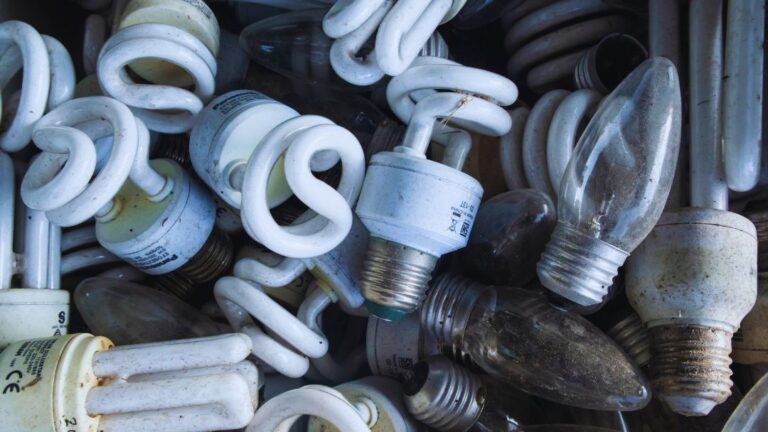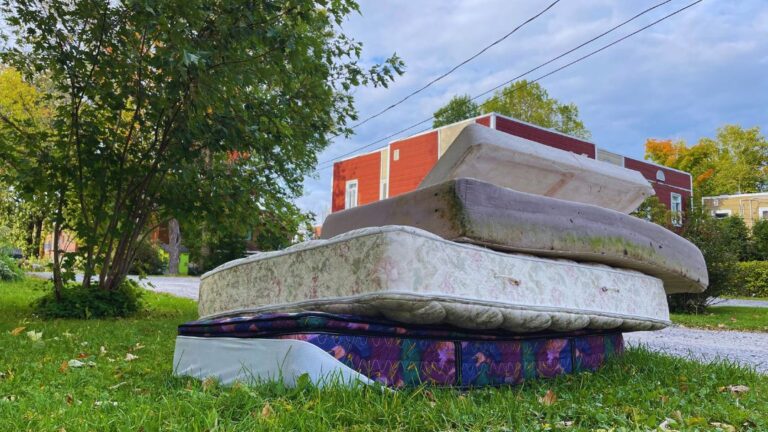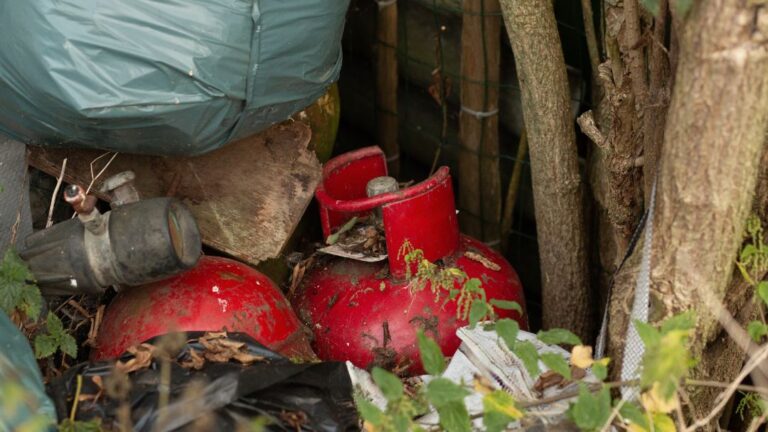8 Key Considerations for Temperature-Controlled Buildings
- Jonathan R.
- August 7, 2024
Table of Contents
Managing the temperature in a building is more than just adjusting a thermostat. From storing sensitive materials to ensuring a comfortable work environment, there are several factors at play. Temperature-controlled buildings are vital for many industries, including food storage and pharmaceuticals.
Next, we’ll explore the essential considerations to keep these buildings running smoothly and efficiently. Let’s get started.
Insulation Quality
Insulation is the backbone of any temperature-controlled building. Think of it as the cozy blanket that keeps the right temperature inside. Without good insulation, you’re essentially throwing money out the window as your heating and cooling systems work overtime.
High-quality insulation helps maintain the desired temperature by reducing energy loss. This means less strain on your HVAC system, saving energy and extending the system’s life. Choosing the right insulation material, whether fiberglass, foam board, or spray foam, is key.
Remember, not just the walls need insulation; the roof and floors are just as crucial for creating a consistent temperature barrier.
HVAC Systems
The HVAC system is the heart of your temperature-controlled building. It keeps everything running smoothly, whether cooling a storage facility or heating an office space. The trick is to get the system of the correct size. Too small, and it can’t keep up. It is too big, and it wastes energy by cycling on and off too often.
Choose an HVAC system that matches your building’s needs. For instance, a facility storing perishable goods might need a different setup than an office building. Regular maintenance, like changing filters and checking the system, is crucial to keep it running efficiently.
Modern HVAC systems often have handy features like programmable thermostats and zoning, making temperature control even easier.
Temperature Monitoring
Keeping an eye on the temperature is crucial in temperature-controlled buildings. Installing reliable monitoring systems ensures that you can quickly spot and fix any issues before they become big problems. These systems can alert you to temperature changes, helping you maintain the proper environment without constant manual checks.
Technology has made temperature monitoring easier and more accurate. Sensors and automated systems can provide real-time data and alerts. This ensures your building stays within the desired temperature range, protecting your materials and maintaining comfort.
Energy Efficiency
Energy efficiency is a big deal for temperature-controlled buildings. It’s not just about saving money; it’s also about being environmentally friendly. Using energy-efficient systems and practices helps reduce your carbon footprint and operational costs.
Consider using energy-efficient HVAC systems, LED lighting, and smart thermostats. These upgrades can significantly lower energy consumption. Also, consider renewable energy sources, like solar panels, to power your building. Implementing energy-saving practices, like regular maintenance and sealing leaks, can further enhance efficiency.
Building Design
The design of your building plays a massive role in temperature control. Factors like the layout, orientation, and materials used can impact how well the building maintains its temperature. Designing with temperature control in mind can save you a lot of headaches (and money) down the line.
For example, strategically placed windows and doors can reduce heat gain in summer and heat loss in winter. Using materials with good thermal properties can also help maintain a stable indoor temperature. To get the best results, consult with an architect or designer who understands the needs of temperature-controlled buildings.
Ventilation
Proper ventilation is essential for maintaining air quality and temperature control. Good ventilation systems help circulate air, removing excess heat or bringing in cool air as needed. This is especially important in buildings where specific temperature ranges are critical.
Ventilation systems should be designed to work in harmony with your HVAC system. This ensures that fresh air is brought in without compromising the building’s temperature. Regular maintenance, like cleaning ducts and checking fans, is also crucial to keep the ventilation system running efficiently.
Backup Systems
Having a backup plan is vital for temperature-controlled buildings. Power outages or system failures can lead to significant problems if no backup is in place. Backup generators and redundant systems ensure that the necessary temperature can be maintained even during an emergency.
Consider investing in a reliable backup generator and having a contingency plan for system failures. Regularly test your backup systems to ensure they are ready to kick in when needed. This peace of mind is invaluable, especially in industries where temperature control is critical.
Partnering with Experts
When it comes to temperature-controlled buildings, partnering with experts can make a world of difference. At Safety Storage Inc., we specialize in creating customizable, prefabricated storage solutions for hazardous materials. Our experience ensures that your storage needs are met while adhering to all environmental and safety regulations.
We understand the unique challenges of temperature control in hazardous material storage. Our team works closely with you to design solutions that keep your materials safe and your building within the desired temperature range. Trusting experts like Safety Storage Inc. can save you time, money, and stress.
Conclusion
Managing temperature-controlled buildings involves various considerations, from insulation and HVAC systems to energy efficiency and backup plans. Each aspect plays a crucial role in maintaining the desired environment and ensuring the smooth operation of your building.
At Safety Storage Inc., we pride ourselves on providing top-notch solutions for hazardous material storage. Contact us today to learn more about how we can help you achieve optimal temperature control for your specific needs.
Read More:
Safety Storage

Jonathan Reed
Jonathan Reed specializes in writing in-depth, data-driven content on industrial waste management, regulatory compliance, and environmental sustainability. With expertise in hazardous waste disposal, OSHA guidelines, and waste reduction technologies, he provides actionable insights for businesses navigating complex waste management challenges.



